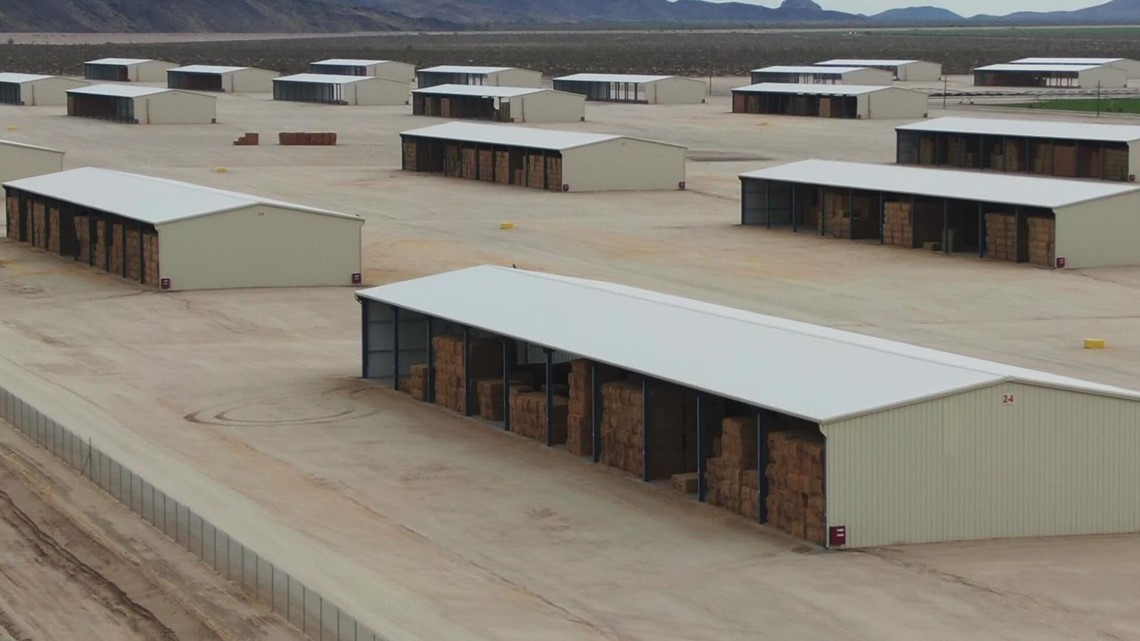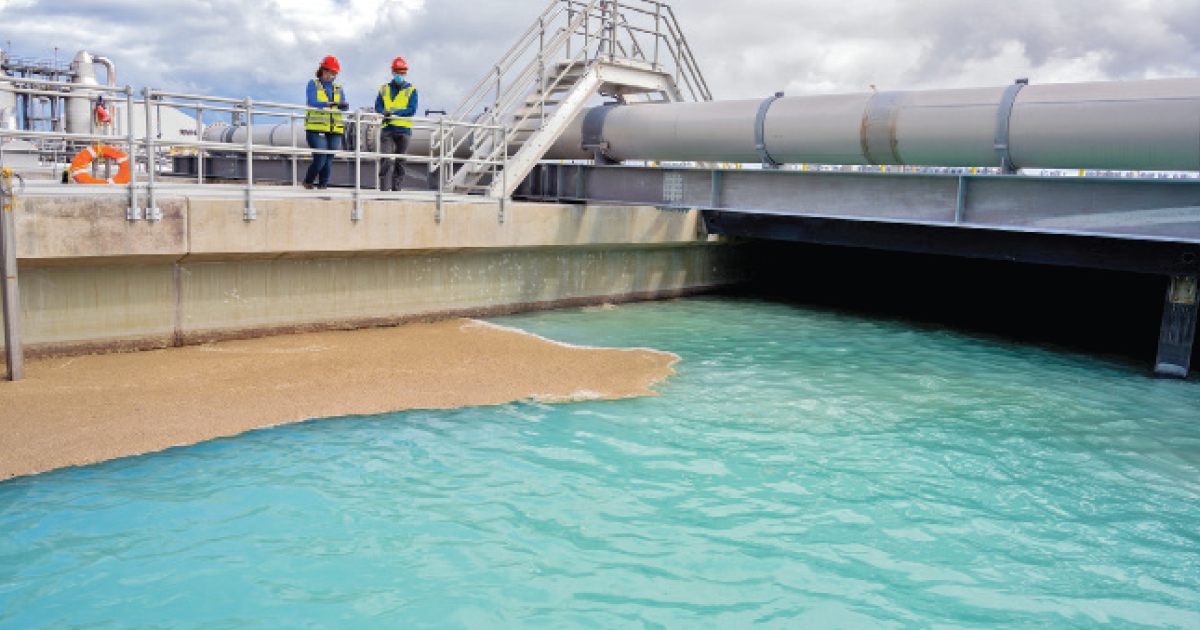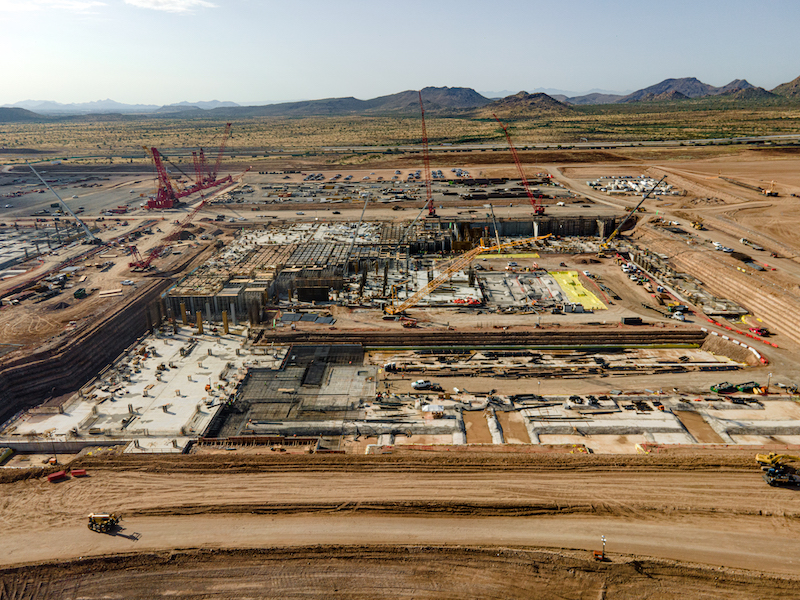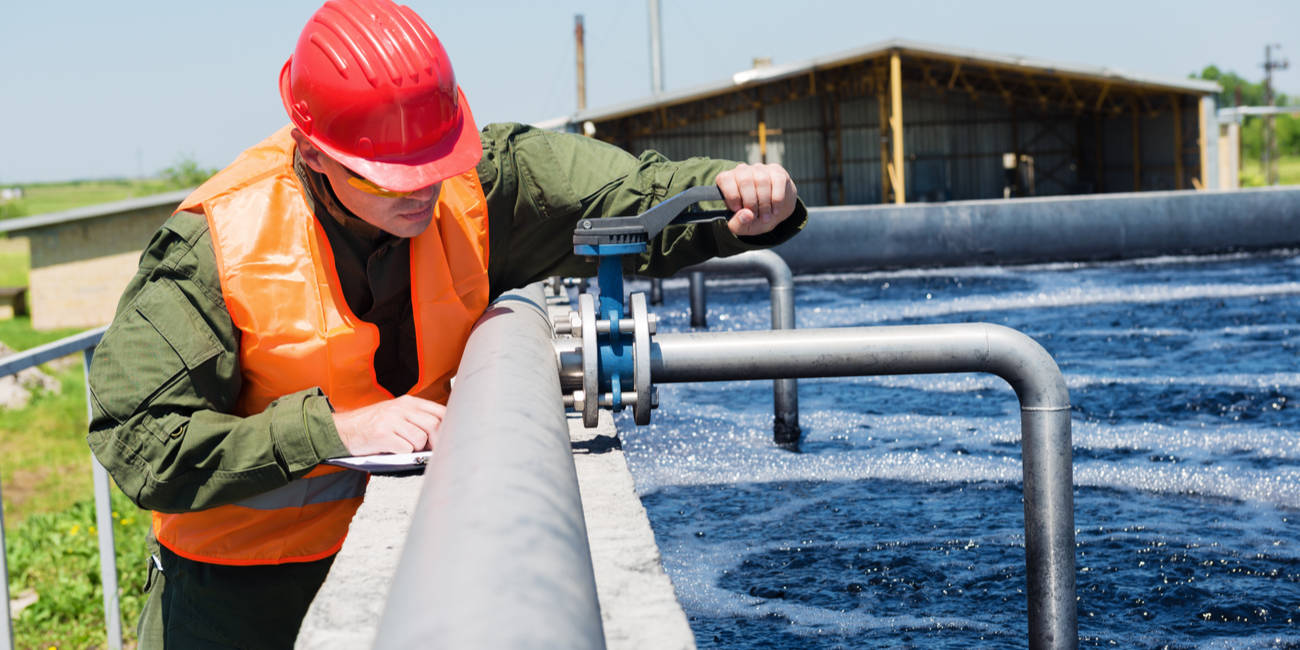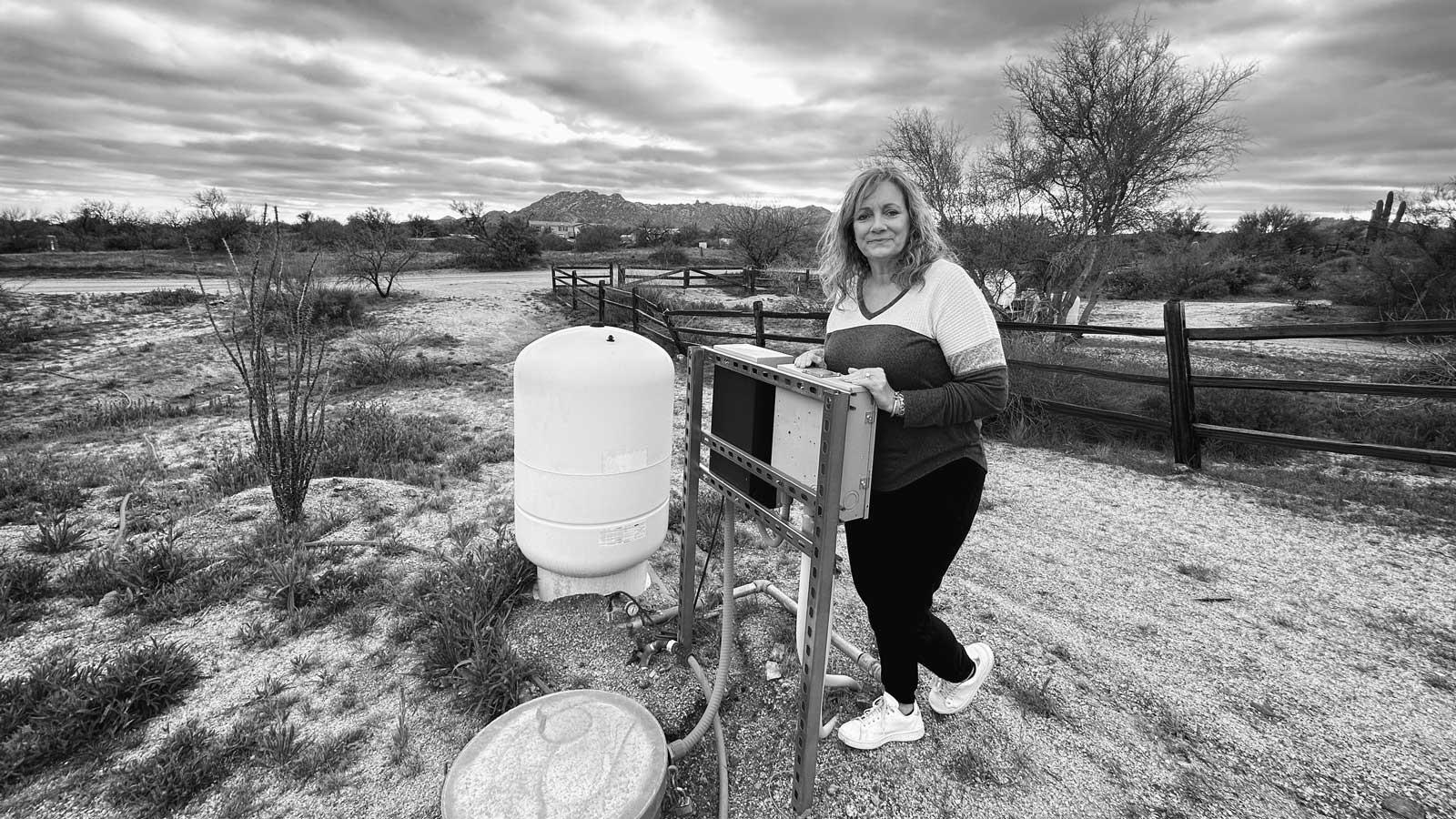jms_embedded
Active member
It's all relative. Like I said, I sleep well at night. If I were a farmer in Pinal County depending on CAP water for irrigation, I would not.From the information you and the TV interview provided, it seems to me that the water supply for the City of Phoenix (and TSMC fabs) is relatively safe from the severely shortage for now. Isn't it right?
A few data points:
1. From the 2021 City of Phoenix Water Resource Plan, page 29. The term "on-project" refers to water from SRP's reservoirs capturing the Salt River and Verde River watersheds. (Water from SRP provided 52% of Phoenix's water supply during the 2015-2019 period, per page 22.) In a nutshell: allocation of available SRP water has decreased since 2000 as agricultural land has been converted to urban use.
Supply Availability for On-Project Demands
Historically, on-project water demand by Phoenix customers approached SRP’s full allocation of 3.0 AF per acre for shareholder lands (see Figure 12).7 However, there has been a gradual decline in SRP deliveries over time because agricultural lands, which tend to use more water on a per-acre basis than urban uses, have been replaced with urban uses as the Phoenix metropolitan area has grown. In addition, increasing water use efficiency by Phoenix customers has greatly reduced demand, so on-project demand is consistently below not only SRP’s full allocation in recent years, but even the reduced allocations experienced in 2003 and 2004. If Normal Flow deliveries are included, the gap between supplies available to Phoenix on shareholder lands and demand is even greater. The total percentage of Normal Flow utilized each year is generally around 30-40%. If rapid infill development continues on land eligible to receive this supply, there will be enough water to sustain a large amount of densification.
2. Overall historical water usage by the City of Phoenix, page 112 of 2019 Phoenix Water Resource Plan --- demand has been slightly decreasing in the past two decades, for the same reason (urban use < ag use per acre)
3. From information about the Central Arizona Project (CAP) which provided 38% of Phoenix's water supply during the 2015-2019 period (2021 Phoenix Water Resource Plan, page 22; reclaimed water provided 8% and groundwater provided the other 2%). CAP water supply is primarily a "Fourth Priority" entitlement of Colorado River water. (First priority = P1 is basically any existing usage prior to the Boulder Canyon Project Act of 1928 which created Hoover Dam / Lake Mead. Second/Third priority = P2/P3 goes to existing usage after 1928 but prior to the Colorado River Basin Project Act of 1968 which authorized the CAP. P2 and P3 are identical priority but P2 covers federal wildlife refuges. Fourth = P4 is CAP and a handful of other recipients granted since 1968. Fifth and sixth are "surplus" water allocation, which may or may not be the same shown as "excess" in the diagram below.)

Some of the CAP water is P3. Most of it is P4, and within P4, the highest priority usages go to Municipal and Industrial contracts (M&I in the diagram above).
TLDR: The CAP usage that will get taken away first belongs to the agricultural users that receive "Ag Pool" and Non-Indian Agricultural water. Municipal and Industrial contracts are among the highest-priority recipients in AZ water from CAP.
CAP will get completely screwed if things get so dire that lower Colorado River water goes only to its most senior rights in the P1/P2/P3 category --- but even then, expect some horse-trading to occur for M&I customers to pay to transfer water from higher priority users. The Colorado River Indian Reservation is entitled a bit over 600,000 acre-feet in P1 with rights dating back to 1865 and 1873, but utilized only about 80% of that entitlement in 2021.


